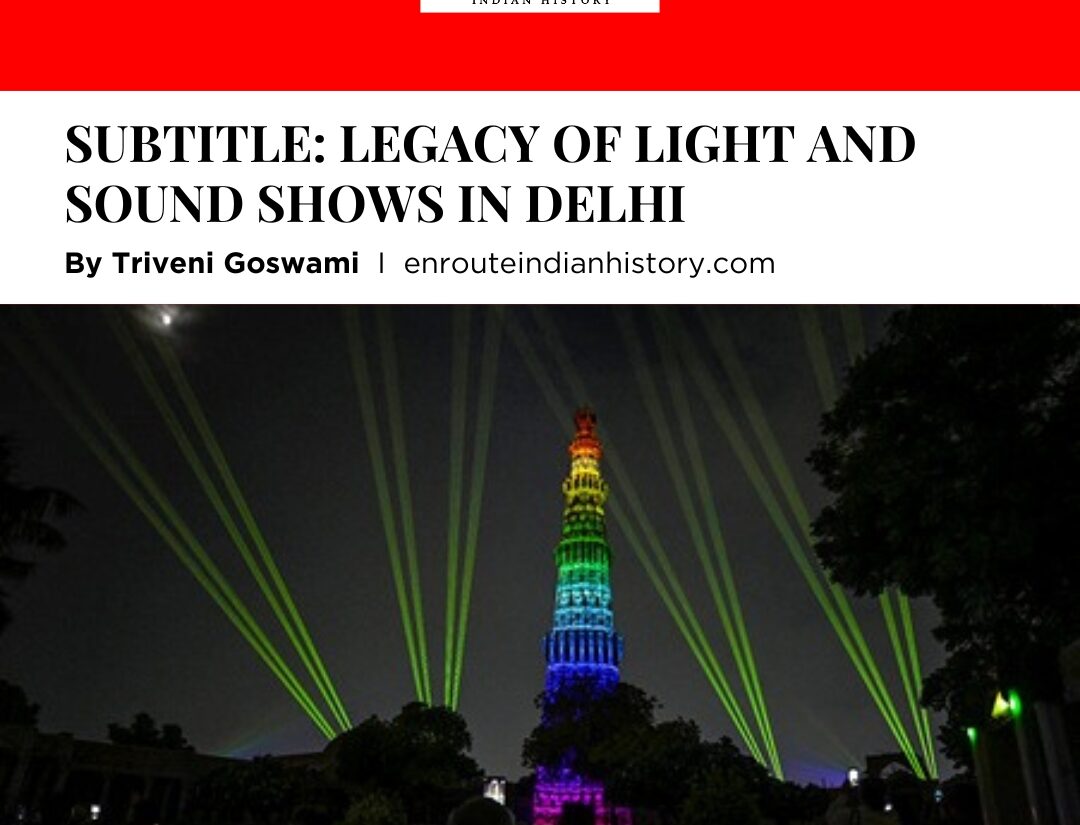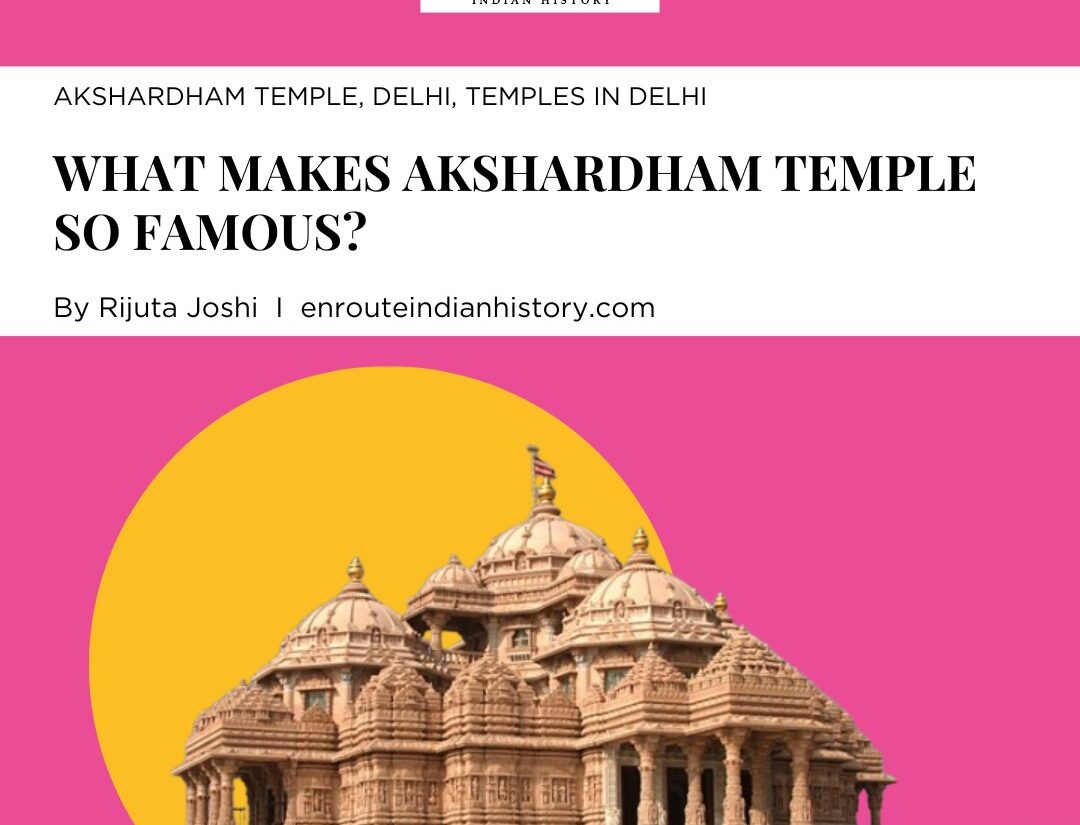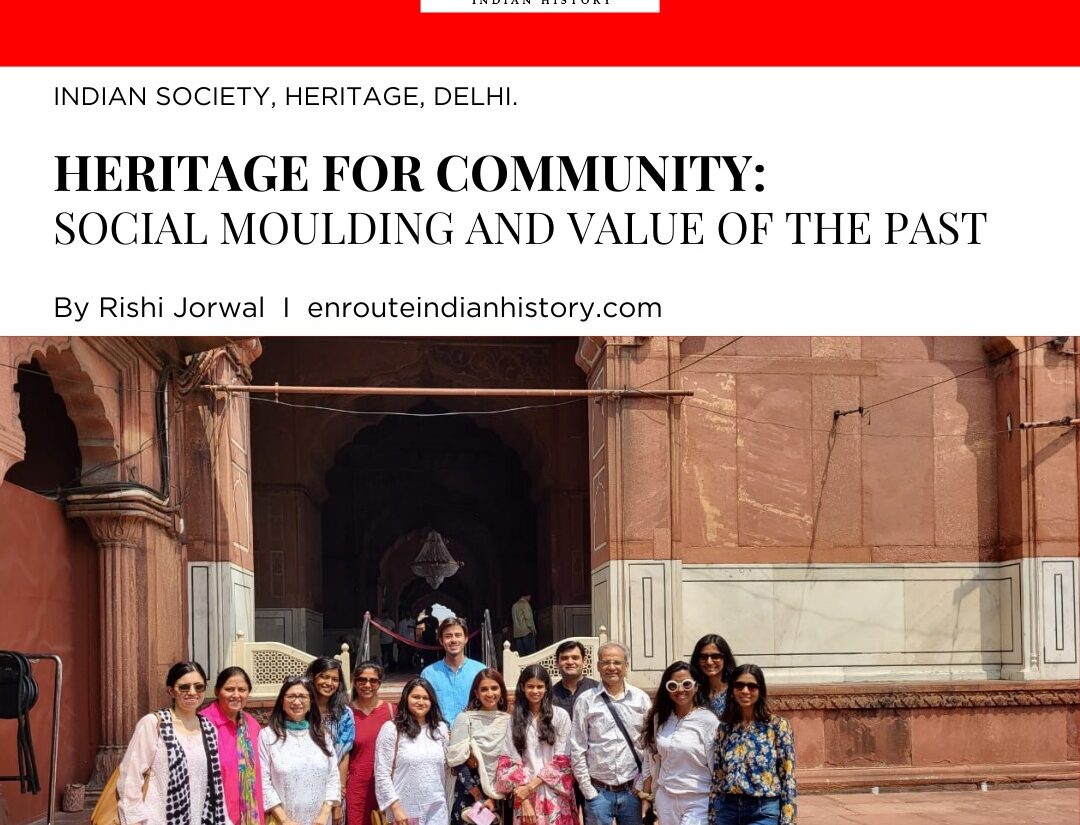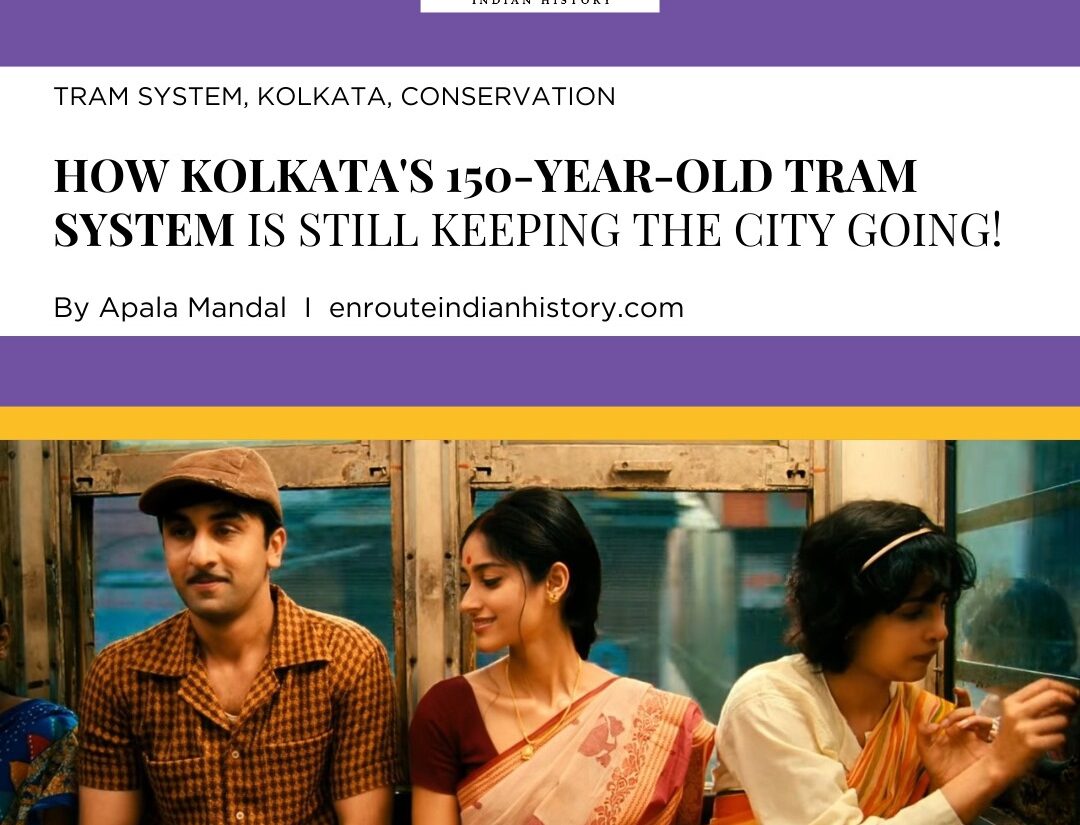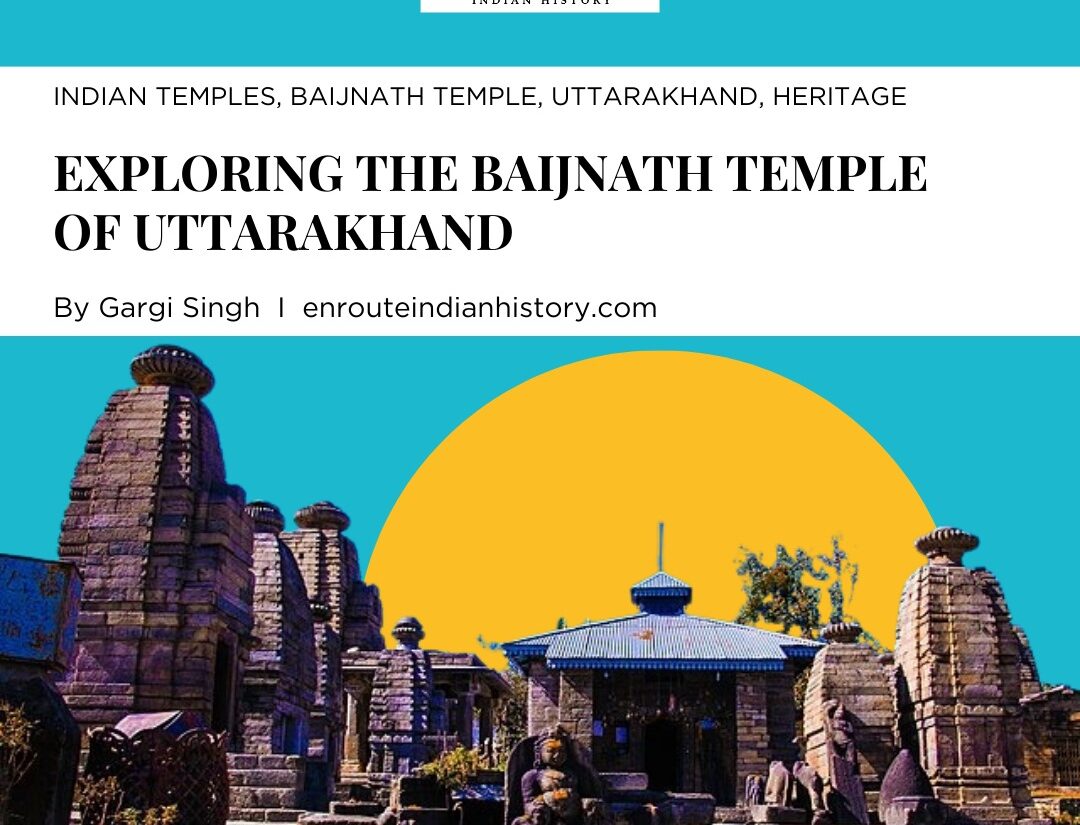River Ganga is not merely a waterbody in India but a flow of livelihood and spirituality for millions of Indians. Flowing from the glorious Himalayan range till flowing into the Arabian Sea, it gives life and light to several cities on the way. The towns on the banks of the Ganga have developed immensely through water tourism. In a quest to explore water tourism on the banks of the river Ganga, the journey will begin at Rishikesh, move to the ghats of Haridwar and Varanasi, and end with the ghats of Calcutta.
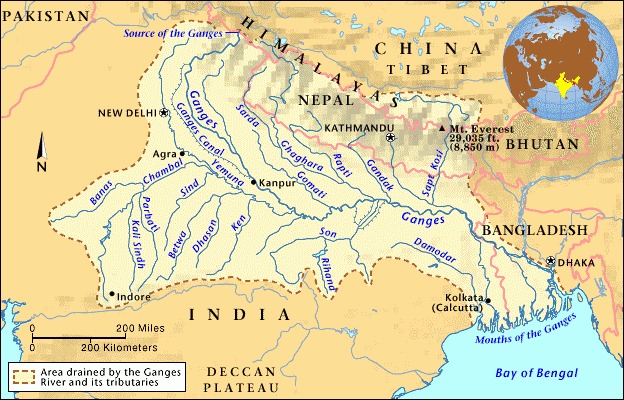
The Ganga river system
The first destination, Rishikesh, located in the backdrop of the Himalayas is known as the yoga capital of the world for its world-famous ashrams. It is associated with Lord Rama, who after killing Ravan did penance on the ghats of Ganga here. In the past few decades, the city has become a tourist attraction for its water activities, specifically white water rafting. The turquoise water of the river Ganga at Rishikesh creates great tides which allow several levels of rafting for beginners to advance. The first stretch of rafting started in 1980 between Rishikesh and Kaudiyala. This eventually led to the creation of the first rafting camp with five people. In the coming years, the number reached 135 as the popularity of the water sport increased. The best time for river rafting in Rishikesh is September to December and March to July. Water sports are prohibited during the monsoon season as the water levels and pressure increase beyond the safety point.
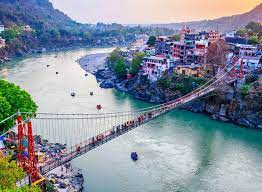
The city of Rishikesh
There are several levels of white water rafting in Rishikesh- from grade 1 to 5. The most famous grades in Rishikesh are black money, double trouble, and roller coaster. The camps maintain a strict policy around the safety of the rafters and provide world-class pieces of equipment. The water sport not only provides an adrenaline rush but also heightens the emotional experience of a person. The recent controversy surrounding the Rafting camps at Rishikesh is the encroachment into protected forest lands. Many of the camps have been established on these protected lands harming the ecosystem. Yet the tourism activity in Rishikesh continues to grow around the water adventure activities.

River rafting at Rishikesh
Moving along with Ganga to the plains, one enters the city of Haridwar. The city is often also referred to by its ancient name Mayapuri. The ghats of Haridwar are known for their auspiciousness as they attract people from all around the world in search of forgiveness for their sins. Among the most prominent ghats is the Har ki Puri ghat also known as the Brahma Kund. It was built by Raja Vikramaditya in memory of his brother Brihathu. It is believed that a drop of nectar during the churning of the ocean fell here making it the most auspicious site with the belief that taking a bath here removes all the sins of a person. Another famous ghat of Haridwar is the Vishnu ghat where it is believed that lord Vishnu had taken a bath here. Any person who takes a dip in water at Vishnu ghat is believed to receive immense wealth. Similarly, at many such ghats, different beliefs are attached that attract thousands of people from around the world to immerse in the holy water of the river Ganga. The number increases exponentially during the Kumbh and Ardh-Kumbh festivals, one of the largest religious gatherings in the world every 12 and 6 years respectively. The city of Haridwar has developed around the welcoming of people, coming to pay homage to the holy river.

Ghat at Haridwar
Moving further along the course of the Ganga, one reaches the ancient city of Varanasi. The bustling ghats of Varanasi have become an attraction of spirituality and tourism for people from around the world, the most important activity being the Ganga Aarti. The aarti takes place twice a day, morning on the Assi ghat and in the evening it takes place on the Dashashwamedh ghat. Although the Ganga aarti has been taking place for several years, in the recent decade, it has turned into a major tourist activity. The ghats have now been prepared with barricades and sitting arrangements that could accommodate a large number of people. The aarti is done by seven learned brahmins from Kashi who represent the sapta rishsis worshiping goddess Ganga. It is well-planned and choreographed from the clothes to the movements of the Brahmins. All the young priests wear a white dhoti, saffron kurta, and golden stole, donning a red sweater during the heights of winter. To further enlighten the surroundings during the Aarti, bhajans, and mantras are played on a loudspeaker. For many the Ganga aarti is a reaffirmation of their faith while for many it is a representation of a part of the Indian culture.
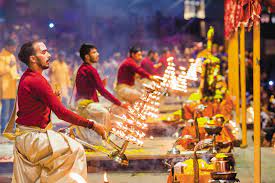
Ganga Aarti at Varanasi
The discussion on water tourism on River Ganga would remain unfinished without the mention of the Ghats of Kolkata. These ghats have been immortalized not only through literature but also the Indian cinema. The famous Princep Ghat is one such tourist attraction, which offers a sniff of history as many take a stroll on it. People often just enjoy sitting on the ghat and enjoying the peace. The ghat was famously shown in the movie Parineeta. Another famous ghat of Kolkata is Chandpal ghat, once one of the busiest ferry stands, it has a quiet charm to it in the present. The famous movie Piku was shot on this ghat. Many such ghats in Kolkata also offer boating services for not only traveling but also leisure purposes. This serene and calming power of the ghats has made them a popular spot for locals and tourists alike.
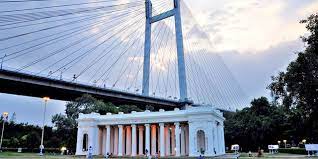
Princep Ghat
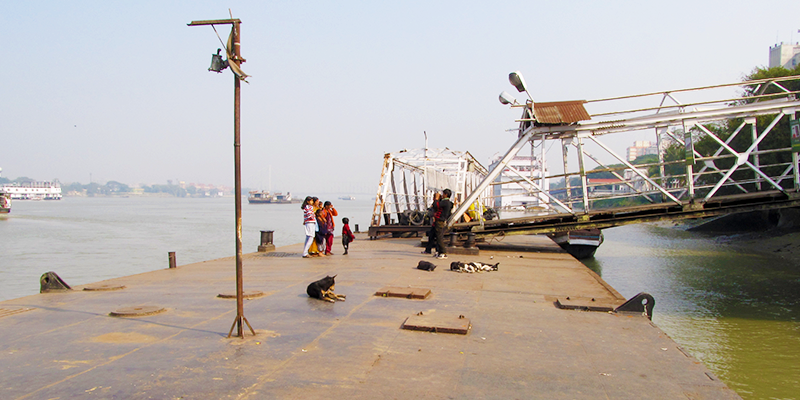
Chandpal Ghat
Exploring the journey from the adventurous water of Rishikesh, to the spiritual ghats of Haridwar and Varanasi and finally to the ghats of Kolkata, it is easy to conclude that water tourism on the river Ganga is as diverse as the settlements on its banks. This also expands the understanding of water tourism which often gets limited to water sports and activities. Water tourism in a broader sense covers all the activities related to water that attract people to that destination. The river Ganga and the cities on its banks are the perfect example of the diverse connections that groups of people have with the river. For some, it is associated with adventure while others find serenity on its banks. Yet there is something for everyone.
References
- https://www.thebetterindia.com/20356/guide-revitalize-your-senses-through-river-rafting-in-rishikesh/
- https://timesofindia.indiatimes.com/city/dehradun/rafting-camps-began-with-five-people-in-the-early-80s/articleshow/48311270.cms
- http://www.rishikeshraftingcamp.com/river-rafting.html
- https://www.humansofuttarakhand.com/famous-ghats-in-haridwar/
- https://timesofindia.indiatimes.com/travel/things-to-do/a-visual-treat-ganga-aarti-of-varanasi/articleshow/65532479.cms
- https://www.varanasi.org.in/ganga-aarti
- https://www.telegraphindia.com/my-kolkata/places/a-walk-from-prinsep-ghat-to-chandpal-ghat-and-a-short-history-of-kolkatas-ghats/cid/1888117
Pictures
- https://www.jagranjosh.com/general-knowledge/gk-questions-and-answers-on-the-ganga-river-system-1520586653-1
- http://www.rishikeshtourism.in/
- https://thetravelboat.com/rishikesh-rafting-complete-guide/
- https://kashibanaras.com/ganga-aarti/
- https://kolkatatourism.travel/prinsep-ghat-kolkata
- https://blog.railyatri.in/the-heritage-ghats-of-kolkata/
- https://www.euttaranchal.com/tourism/har-ki-pauri.php
- https://www.google.co.in/url?sa=i&url=https%3A%2F%2Fwww.hindustantimes.com%2Findia-news%2Futtarakhand-govt-ambivalent-on-saints-demand-to-revoke-controversial-order-on-ganga%2Fstory-VxfpiRrl2pvyVcF0603oMM.html&psig=AOvVaw1S3dhN-QFh3pveku_k4REB&ust=1696240929364000&source=images&cd=vfe&opi=89978449&ved=0CBMQjhxqFwoTCNjiiYLM1IEDFQAAAAAdAAAAABAE
- April 18, 2024
- 5 Min Read
- April 18, 2024
- 7 Min Read

